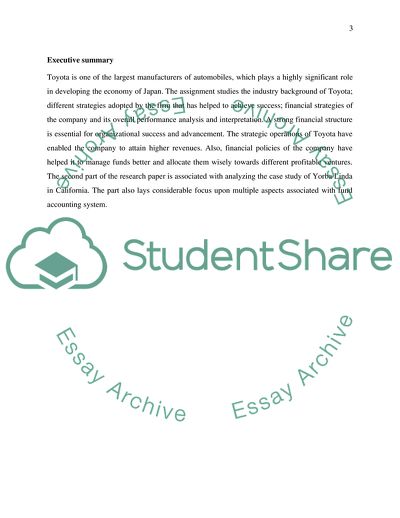Cite this document
(Accounting Representation: Public and Private Sectors Essay - 2, n.d.)
Accounting Representation: Public and Private Sectors Essay - 2. https://studentshare.org/management/1828308-accounting-representation-public-and-private-sectors
Accounting Representation: Public and Private Sectors Essay - 2. https://studentshare.org/management/1828308-accounting-representation-public-and-private-sectors
(Accounting Representation: Public and Private Sectors Essay - 2)
Accounting Representation: Public and Private Sectors Essay - 2. https://studentshare.org/management/1828308-accounting-representation-public-and-private-sectors.
Accounting Representation: Public and Private Sectors Essay - 2. https://studentshare.org/management/1828308-accounting-representation-public-and-private-sectors.
“Accounting Representation: Public and Private Sectors Essay - 2”. https://studentshare.org/management/1828308-accounting-representation-public-and-private-sectors.


